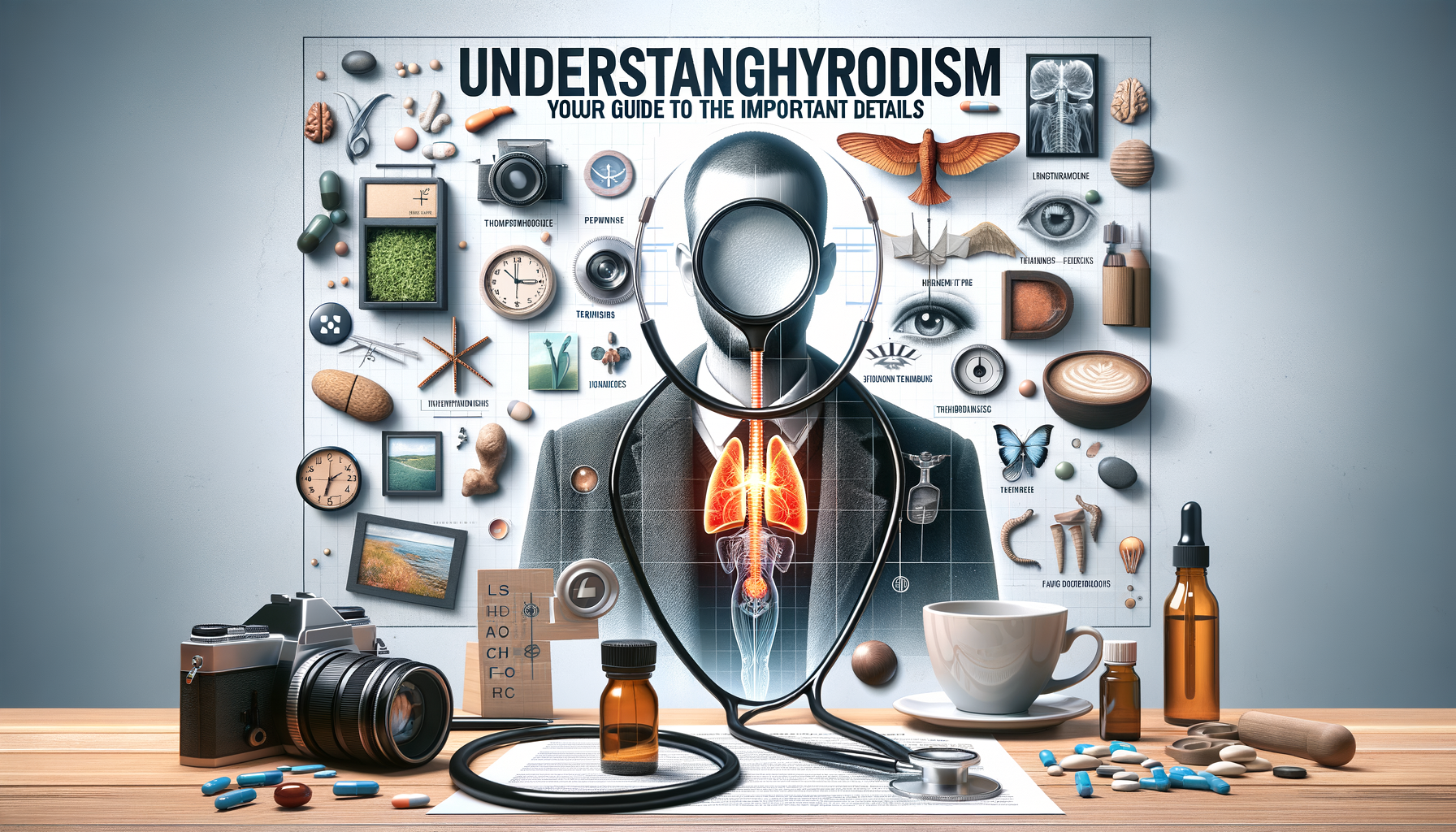Understanding Hypothyroidism: Your Guide to the Important Details
Explore the vital aspects of hypothyroidism, its causes, symptoms, and management strategies.

Introduction to Hypothyroidism
Hypothyroidism is a common endocrine disorder that affects millions worldwide. It occurs when the thyroid gland, a small butterfly-shaped organ located in the neck, fails to produce sufficient thyroid hormones. These hormones are crucial for regulating metabolism, heart rate, and body temperature. Understanding hypothyroidism is essential because it can impact various bodily functions and overall well-being.
The significance of hypothyroidism lies in its prevalence and the subtlety of its symptoms, which can often go unnoticed. Early detection and management are vital to prevent complications. This article delves into the important details of hypothyroidism, offering insights into its causes, symptoms, diagnosis, and treatment options.
Causes and Risk Factors
Hypothyroidism can be attributed to several causes, with autoimmune diseases being the most common. Hashimoto’s thyroiditis, an autoimmune condition, leads the immune system to attack the thyroid gland, impairing its ability to produce hormones. Other causes include:
- Iodine deficiency: Iodine is essential for thyroid hormone production, and its deficiency can lead to hypothyroidism.
- Thyroid surgery: Removal of the thyroid gland can result in reduced hormone levels.
- Radiation therapy: Treatment for cancers of the head and neck can damage the thyroid gland.
- Certain medications: Drugs like lithium and amiodarone can interfere with thyroid function.
Risk factors for hypothyroidism include being female, over the age of 60, having a family history of thyroid disease, or having other autoimmune diseases. Recognizing these factors can aid in early diagnosis and intervention.
Symptoms and Diagnosis
Hypothyroidism symptoms can vary widely and often develop slowly, making them easy to overlook. Common symptoms include fatigue, weight gain, cold intolerance, dry skin, constipation, and depression. In some cases, individuals may experience muscle weakness, joint pain, or a slow heart rate.
Diagnosing hypothyroidism involves a thorough evaluation of symptoms and a simple blood test to measure levels of thyroid-stimulating hormone (TSH) and thyroxine (T4). Elevated TSH and low T4 levels typically indicate hypothyroidism. Early diagnosis is crucial, as untreated hypothyroidism can lead to complications such as heart disease, infertility, and myxedema coma, a rare but life-threatening condition.
Treatment and Management
The primary treatment for hypothyroidism is hormone replacement therapy with synthetic thyroxine (T4). This medication helps restore normal hormone levels, alleviating symptoms and preventing complications. The dosage is tailored to the individual’s needs and monitored through regular blood tests.
In addition to medication, lifestyle changes can support thyroid health. A balanced diet rich in iodine, selenium, and zinc can aid thyroid function. Regular exercise and stress management techniques, such as yoga and meditation, can also improve overall well-being.
Patients must work closely with healthcare providers to adjust treatment plans as needed and ensure optimal thyroid function. Consistent follow-up and adherence to prescribed medication are key to managing hypothyroidism effectively.
Living with Hypothyroidism
Living with hypothyroidism requires ongoing attention to health and wellness. While medication can effectively manage the condition, individuals may need to make lifestyle adjustments to accommodate their energy levels and physical limitations.
Support groups and educational resources can be invaluable for those with hypothyroidism, providing a sense of community and shared experiences. It’s important for patients to stay informed about their condition and advocate for their health needs.
Ultimately, understanding hypothyroidism and its implications empowers individuals to take control of their health, ensuring a fulfilling and active life despite the challenges posed by this condition.